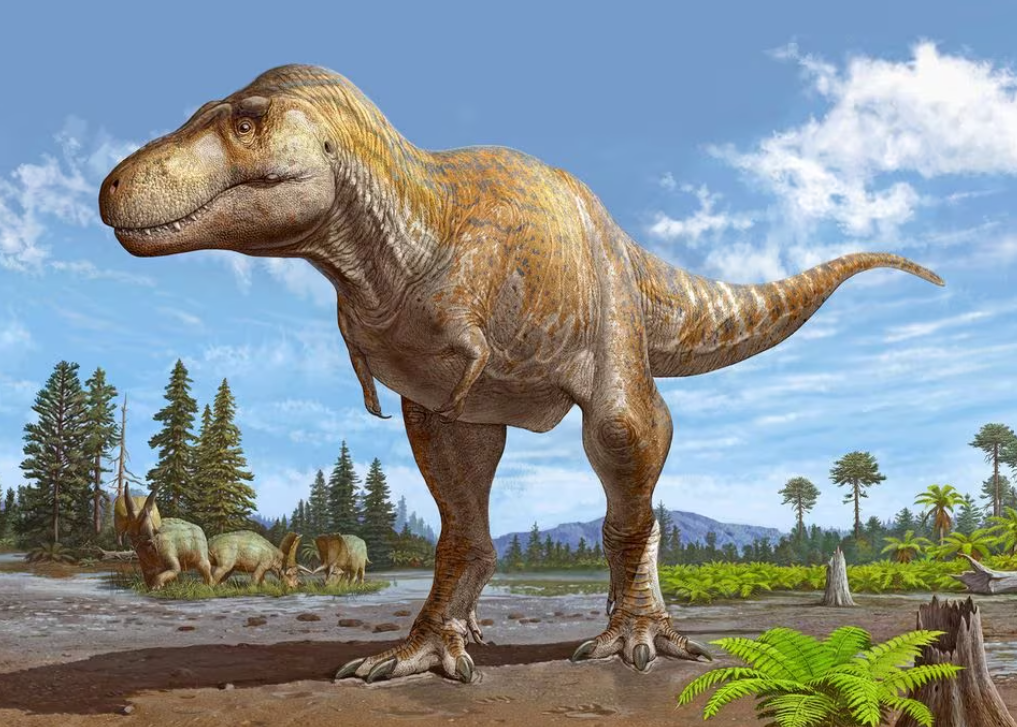
©U.S. Sergei Krasinski/Handout via Reuters
Vocabulary:
- consistent /kuhn-SIS-tuhnt/
- attribute /uh-TRIB-yoot/
- dispute /dih-SPYOOT/
- formidable /FAWR-mi-duh-buhl/
- complexity /kuhm-PLEK-si-tee/
[adjective] – always behaving or happening in a similar, especially positive, way
The chef maintained a consistent level of quality in all her dishes.
[verb] – regard something as being caused by someone or something
The success of the project can be attributed to the collaborative efforts of the team.
[verb] – challenge or question the accuracy or validity of something
Experts in the field dispute the findings, pointing to methodological flaws in the research.
[adjective] – causing you to have fear or respect for something or someone because that thing or person is large, powerful, or difficult
The boxer’s formidable strength and skill made him a challenging opponent in the ring.
[noun] – the state of having many parts and being difficult to understand or find an answer to
The complexity of the mathematical problem left the students perplexed and eager to unravel its intricacies.
Article reading:
Paleontologist Nick Longrich of the University of Bath highlights the consistent differences observed in various bones of T. mcraeensis when compared to known T. rex specimens. These disparities, particularly above the eyes, are suggested to have implications for the dinosaur’s feeding habits and mate selection. Contrary voices in the scientific community express skepticism, arguing that the purported distinctions may be attributed to relative maturity and individual variation. Additionally, there is controversy over the estimated age of the fossil, with some disputing the proposed timeline of 71–73 million years. Despite the ongoing debate, the discovery challenges existing notions of Tyrannosaurus evolution. The existence of T. Mcraeensis suggests that giant Tyrannosaurus species evolved millions of years earlier than previously believed and originated in southern North America, prompting a reconsideration of the timeline and geographic distribution of these formidable creatures. This finding adds another layer of complexity to the understanding of dinosaur evolution during the twilight of the prehistoric era.
Discussion Questions:
- Have you ever been involved in a scientific debate or discussion where different perspectives on a discovery or theory were presented? If yes, how did the contrasting viewpoints influence your understanding of the topic? If not, can you imagine how such debates might shape our understanding of scientific discoveries?
- Have you ever experienced a moment where you learned something new that made you rethink what you believed about a certain topic? If so, how did you handle it? If not, can you imagine a situation where finding out new information might make you change your mind about something?
- Do you believe the discovery of the new Tyrannosaurus species, T. mcraeensis, will significantly impact our understanding of dinosaur evolution?
- How might the skepticism expressed by some scientists regarding the classification of T. mcraeensis as a distinct species influence the public’s perception of scientific findings? Consider the potential implications for public trust in scientific research.
- In what ways could the ongoing debate over the age of the fossil and the disputed timeline for T. mcraeensis contribute to our broader understanding of the scientific method? How do uncertainties and disagreements in scientific research affect the advancement of knowledge in paleontology and related fields?
Summarization
Describe:
- ongoing
- originate
- prompt
- renowned
- skull